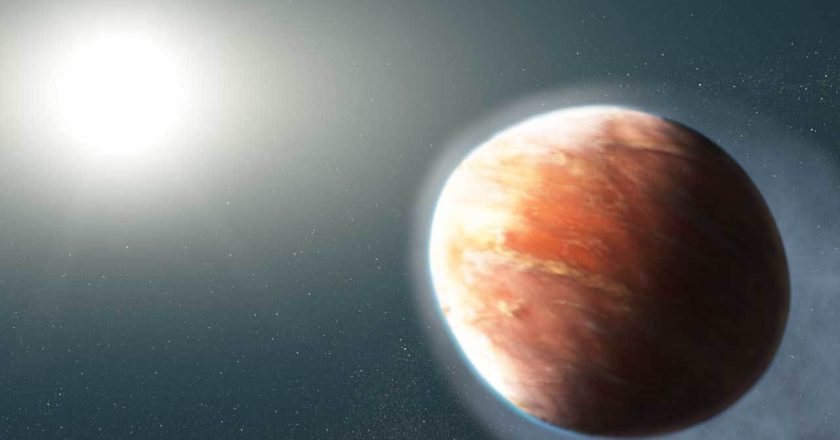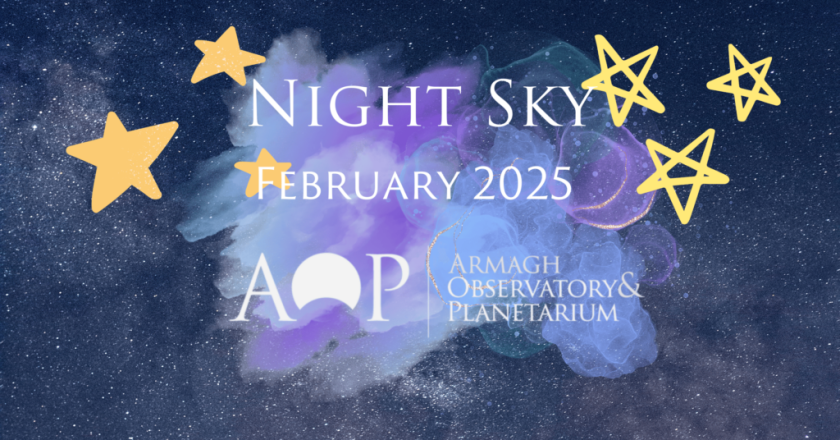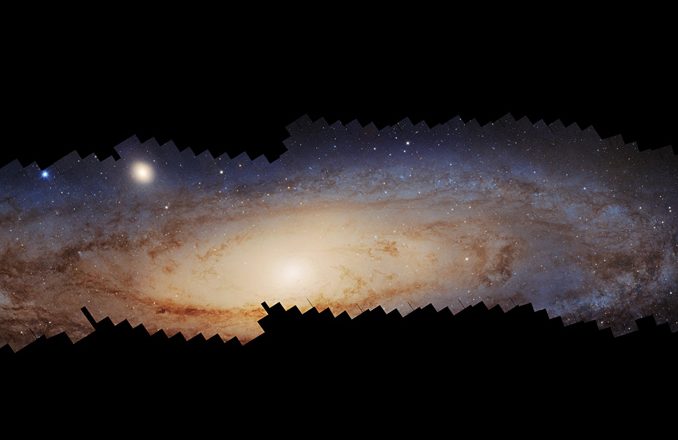The chances of this asteroid hitting Earth keep rising. But there are four reasons I’m not worried yet | Carrie Nugent
Two days after Christmas, the Atlas sky survey team discovered a new rocky object in Earth’s astronomical neighbourhood. Atlas discovers near-Earth objects all the time: in 2024, the team discovered 167 of them. They also codiscovered comet Tsuchinshan–Atlas, which dazzled sky gazers last autumn. But this discovery was special: there’s a chance the 40-90 metre object, known as 2024 YR4, will hit Earth in 2032.In January, the impact probability was estimated to be just over 1%, then it was raised to 2.3% in early February. As of this week, the Nasa JPL Center for Near Earth Object Studies has raised that to 3.1% – or about 1-in-32 chance of impact.There are four reasons I’m not worried just yet. First, the possible impact would be in December 2032, so we’ve got time to prepare. Second, the ...



